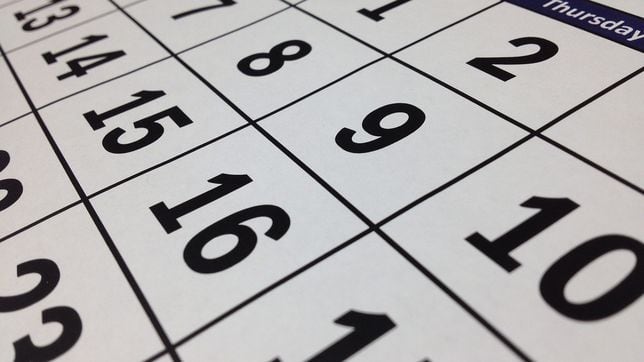A leap year occurs every four years. Last time, 2020 was a leap year, and after 2024, 2028 will be considered a leap year. It means February 2024 will have an extra day added to the calendar. Thus, 2024 will have 366 days instead of the usual 365 days.
When and what is the leap day?
Leap Day is on February 29, 2024. While February usually has 28 days (the shortest month of the year), it gets an additional day every four years. This extra day is known as leap day.
Why do we have leap days?
While leap day seems like an ordinary addition of a day to your calendar, it is much more than that. A day is added to our calendar every four years to help sync the journey of Earth around the sun with the seasons. Earth takes just under 365 1/4 days to complete its orbit around the sun, according to timeanddate.com. However, the year has 365 days. If we don’t add this additional date or observe leap year every four years, then our seasons would be thrown off, as our equinoxes and summer and winter solstices would no longer align with the seasons. If there were no leap years, the seasons would completely swap every 750 years – there would be winters in the middle of summer.
How do we know which is a leap year?
The rule says that a leap year is marked every four years. However, this is not the only rule. It can be a leap year if it is fully divisible by four. However, if it is divisible by 100, it will not be called a leap year unless the number is also evenly divisible by 400. For instance, 2000 was a leap year, but 2100 will not be a leap year.
Why is February 29 leap day?
The decision to make February 29 a leap day dates back to the reforms made to the Roman calendar by Julius Caesar. The Roman Calendar had 355 days (which was shorter than the solar year). It caused the calendar to drift out of sync with the seasons over time. Therefore, Caesar introduced the Julian calendar – a solar calendar – inspired by the Egyptian Calendar. It included a leap year system. Later, in 1582, when the Julian calendar was refined into the Gregorian calendar, the tradition of adding a leap day to February persisted.




